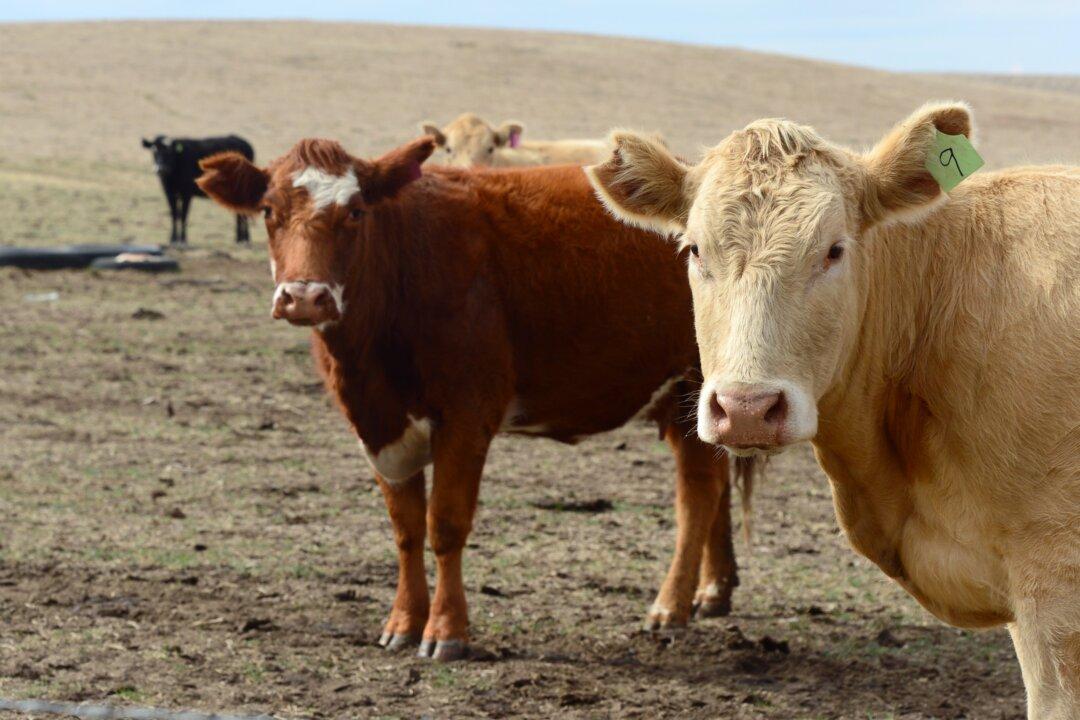U.S. food production has changed dramatically in the last 70 years, and the health of neighboring rural communities has suffered as a result.
In the process of raising meat, modern factory farms also produce high levels of hydrogen sulfide, air contaminating particulates, and allergens that lead to multiple respiratory, cardiovascular, and neurological issues for people living nearby.
According to the John Hopkins Bloomberg School of Public Health, state agriculture agencies that are supposed to monitor public health concerns associated with industrial farming do not have the resources or expertise necessary to handle the job. The university oversaw a study, titled “Investigating the Role of State Permitting and Agriculture Agencies in Addressing Public Health Concerns Related to Industrial Food Animal Production,” published Feb. 24 in the journal Plos One.
According to the report’s lead author, Dr. Jillian Fry, project director at the Johns Hopkins Center for a Livable Future, state agencies do what they can with what they have, which sometimes isn’t much. In a statement, Fry said that despite the health risks associated with living near factory farms, “regulation of these sites is limited and characterized by a patchwork of different regulatory approaches from state to state.”
The study’s researchers conducted interviews with staff at 12 state agencies tasked with overseeing some of the nation’s most productive farms.
These interviews revealed that organizations are short on staff and funding where the environmental monitoring, in-person meetings, and technical assistance necessary often goes undone. Agencies reported that narrow and often unclear regulatory expectations and a looming threat of litigation for taking action make addressing health concerns even more difficult.
Feeling both overwhelmed and under-qualified, most agency staff called for health departments to come into the regulatory fray and directly address community health concerns.
Too Big to Regulate
Much of the problem can be traced to an industry that has grown faster and more powerful than the agencies tasked with regulating it. In U.S. pork production, for example, a mid-aggregate enterprise would represent about 1,200 hogs in 1987, according to figures from the USDA. By 2007, production numbers for an average hog operation swelled to about 30,000 hogs—a 2,400 percent increase in just 20 years.
However, the boost of U.S. food production comes with a price. Growing evidence reveals that livestock crammed into tight spaces and fed a steady diet of antibiotics results in superbugs such as the MRSA virus, which can transmit to humans, causing infection in the respiratory tract, open wounds, or the urinary tract, sometimes leading to more serious, widespread infections. Rural water supplies are also at risk, as nitrates, pathogens, pharmaceuticals, metals, and hormones that are part of the factory farming waste and regimen can leach into the community ground water.
According to the report, factory farms are disproportionately located in low-income communities “which are more likely to experience limited political power and barriers to healthcare access.”





